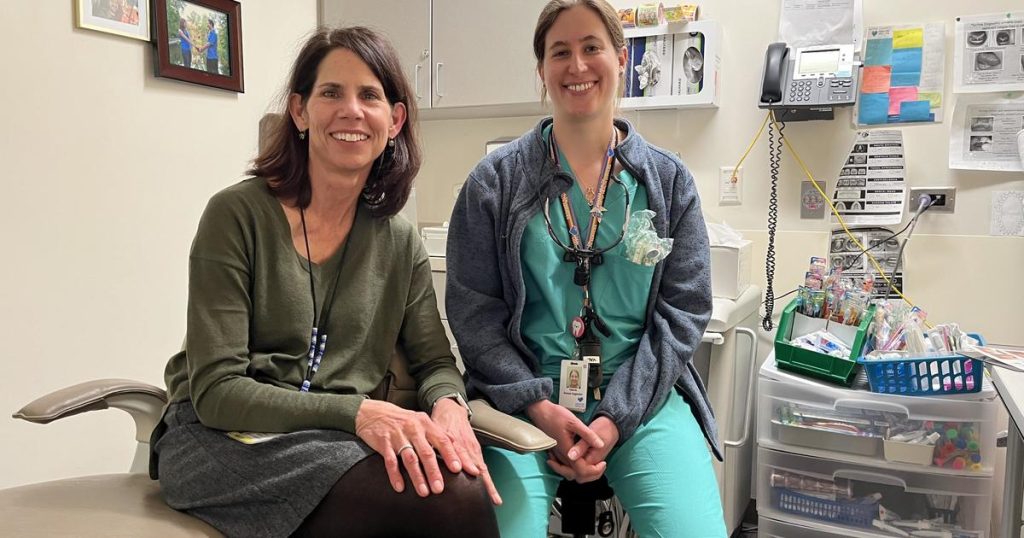In Denver, Pediatrician Patricia Braun and her team at Bernard F. Gipson Eastside Family Health Center are integrating oral health into medical checkups for children, pregnant women, and other underserved populations who have limited access to dental care. With federal and private funding, programs have expanded in the past decade, training primary care providers in oral health assessment, education, and preventive care. These providers refer patients to dentists or work with dental hygienists as part of their practice, aiming to provide comprehensive care in a single visit.
The integration of oral health services at community health centers is crucial for children who lack access to dental care, as it increases the frequency of fluoride application and improves parents’ knowledge of oral health. However, there are challenges such as workforce shortages and geographic barriers, particularly in rural areas where dental professionals are scarce. By embedding dental hygienists with medical providers, patients can receive oral health services during a medical visit, addressing some of these obstacles and reaching more individuals in need.
In Denver, dental hygienist Valerie Cuzella works closely with Pediatrician Patricia Braun and other providers at Denver Health, where hygienists are embedded in five clinics that see children. State regulations vary on the services hygienists can provide independently, but in Colorado, hygienists like Cuzella can perform X-rays and apply fluoride treatments. By working collaboratively, medical and dental providers can deliver comprehensive care and education to patients, focusing on prevention and early intervention to improve oral health outcomes.
In communities like Denver and Montana, where access to dental care is limited, community health centers play a crucial role in providing affordable services to underserved populations. By offering interpretation services, sliding pay scales, and integrated medical-dental care, centers like STRIDE Community Health Center are able to serve individuals who would otherwise not have access to dental care. Despite growing needs and financial uncertainties, these centers are working to address barriers to care and provide essential services to their communities.
With initiatives like integrating dental care into prenatal visits for pregnant women and focusing on preventive care for young children, providers are leveraging existing healthcare visits to improve oral health outcomes. By offering fluoride varnishes and increasing access to preventive care, providers aim to address oral health disparities and increase access to dental services for at-risk populations. As programs continue to expand and evolve, the integration of oral health into primary care settings offers a promising approach to addressing the oral health needs of underserved communities across the United States.


